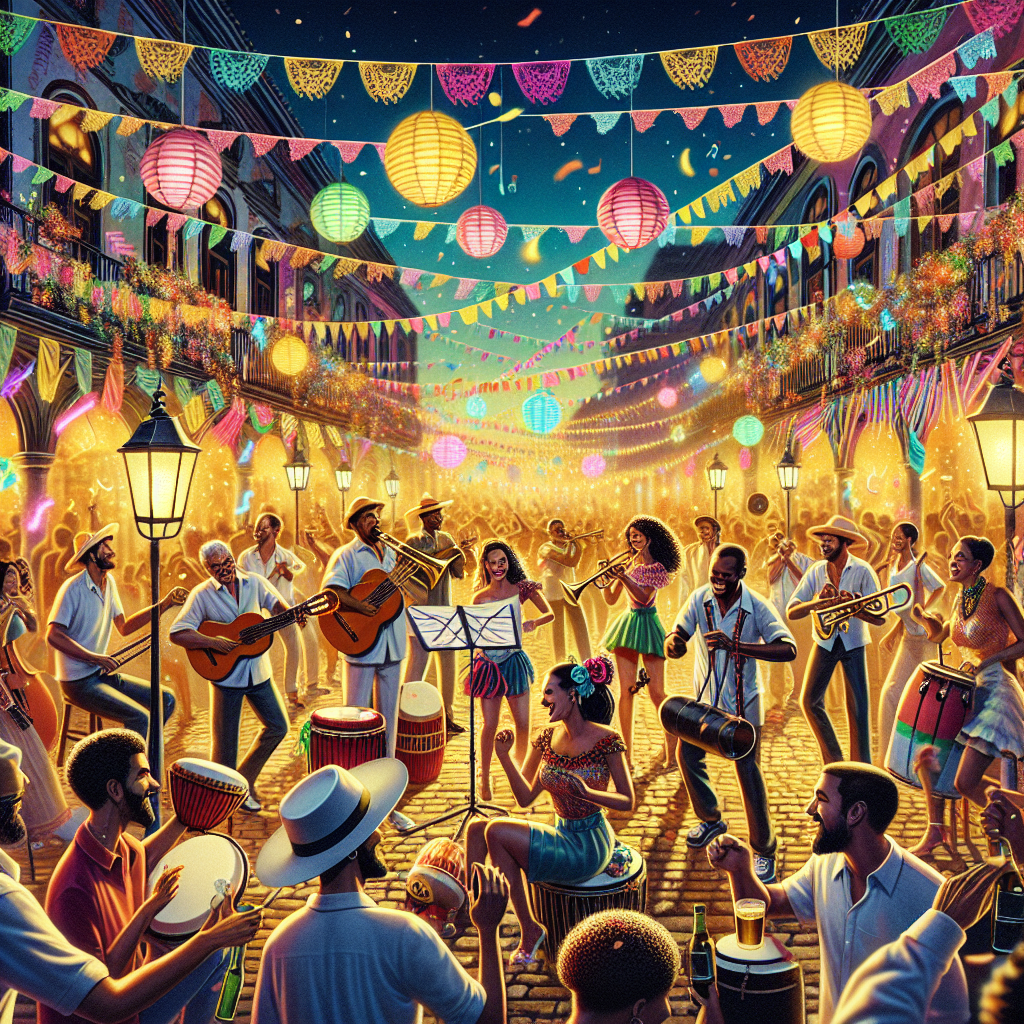Latin music comprises various genres that are primarily derived from Latin America, the Iberian Peninsula, Latin Europe, and the Latin-speaking regions. The thing that ties all Latin music together is the common debt each genre owes to the complex cultural melding that occurred among Indigenous people, African slaves, and European colonists. Today, we will focus on two popular Latin music genres: Salsa and Reggaeton.
Salsa
Salsa is a dance music genre that got its start in the mid-20th century in New York City. It’s a fusion of many Latin and Afro-Cuban musical idioms. Despite its modern-life metropolitan birth, the genre owes much to traditional forms of Latin music, most notably son, a Cuban style of music that combined Spanish folk song with African rhythms.
New York City’s diverse Latino community of Cubans, Puerto Ricans, and other Caribbean communities, pioneered the Salsa sound. They wove disparate threads of Latin influences together to create a music style that could reflect their lives and experiences.
Salsa’s spirited percussive beat and uplifting horns, combined with poetic and passionate lyrics, make this genre an encapsulation of Latino expression. Its high-energy dancing component further boosted its appeal, turning it into a global phenomenon.
Reggaeton
Driving things from the traditional into the contemporary is Reggaeton, a music style that evolved in Puerto Rico during the late 1990s. Its distinct sound blends Jamaican dancehall, Panamanian reggae Español, and American hip hop with other influences like electronic music.
Reggaeton’s defining feature is its rhythm. Known as “Dem Bow,” it has its roots in a dancehall track by Shabba Ranks. The infectious beat, coupled with catchy, often improvised lyrics, became the recipe for the genre.
Reggaeton artists regularly tackle themes that resonate with the youth, predominantly from the perspective of those in working-class barrios. Song topics range from love and partying to more critical socio-political issues, mirroring the realities that its listeners are living.
From pioneering artists like El General and Daddy Yankee to newer performers like Bad Bunny, J Balvin, and Anuel AA, Reggaeton has continued to evolve, attracting a worldwide following while maintaining its Latin roots.
Conclusion
Salsa and Reggaeton represent the essence of Latin music, with each genre showcasing the vibrancy, creativity, and cultural diversity of its creators and listeners. They both provide a rhythmic soundtrack to the Latino experience, past and present. Each beat recounts a story, each lyric portrays a memory, and each dance step expresses a feeling. As the Latin community continues to grow and thrive, so too will the music that it creates, ensuring its place on the global stage.
FAQs
- 1. How and where did Salsa originate?
- – Salsa originated in the mid-20th century in New York City among the city’s diverse Latino population, it’s a fusion of many Latin and Afro-Cuban musical idioms.
- 2. What is Reggaeton, and what are its defining features?
- – Reggaeton is a music style that originated in Puerto Rico during the late 1990s. Its defining feature is its rhythm known as “Dem Bow,” a beat that blends Jamaican dancehall, Panamanian reggae Español, and American hip hop among other influences.
- 3. What themes do Salsa and Reggaeton songs usually cover?
- – Salsa songs typically feature uplifting, passionate, and poetic lyrics. Reggaeton artists often tackle themes that resonate with the youth, song topics range from love and partying to more critical socio-political issues.
- 4. How did Salsa and Reggaeton music become popular worldwide?
- – Both genres gained global popularity due to their infectious rhythms, relatable lyrics, and danceability. Their unique blend of traditional and contemporary influences appeals to a wide audience.
- 5. Who are some famous artists in Salsa and Reggaeton?
- – Some famous Salsa artists include Celia Cruz, Marc Anthony, and Tito Puente. In Reggaeton, popular artists include Daddy Yankee, Bad Bunny, and J Balvin.




